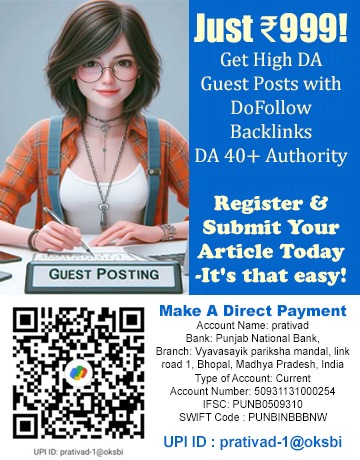Grapefruit-size fireball from mysterious Oort Cloud could rewrite the history of the solar system
Rocky fireballs like the one that fell over Alberta, Canada last year shouldn't originate from the icy Oort Cloud... but this one apparently did.

A dazzling fireball that ended its cosmic journey over central Alberta, Canada could change astronomers' understanding of how the solar system formed 4.5 billion years ago.
Caught on camera on Feb. 22, 2021, the grapefruit-size rocky meteoroid is thought to have come from the Oort Cloud, a reservoir of celestial objects that encircles the entire solar system and separates it from interstellar space. Scientists have never directly observed rocky objects in the Oort Cloud and have long believed that it holds only icy objects. But the rocky object that burnt up over Canada challenges popular theories of the Oort Cloud's formation, and the early solar system's formation in general, according to a study published Dec. 12 in the journal Nature Astronomy(opens in new tab).
"This discovery supports an entirely different model of the formation of the solar system, one which backs the idea that significant amounts of rocky material co-exist with icy objects within the Oort cloud," lead study author Denis Vida, a meteor physics postdoctoral researcher at Western University in London, Ontario, Canada, said in a statement. "This result is not explained by the currently favored solar system formation models. It's a complete game changer."






















